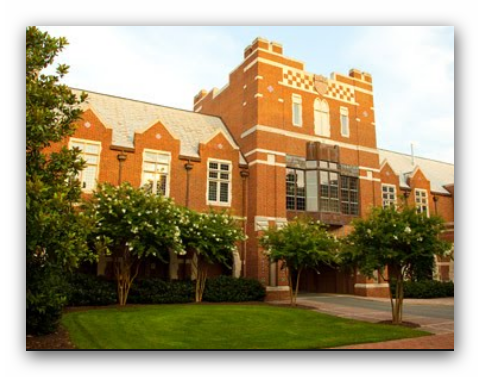Oct 18 2017 - Jan 28 2018
University of Richmond Museums
Richmond, VA
In 1600 the Tokugawa clan succeeded in reuniting Japan after almost a century of violent power struggles. Establishing its Shogunate in Edo (now Tokyo), the Tokugawa ruled for 268 years until Japan was forced to open to the West in 1868. While the regime brought peace and relative prosperity to the populace, it attempted to control almost every aspect of life and shut Japan off from the rest of the world.
One of the ways to alleviate the repressions of the Shogunate was through humor, both verbal and visual; it was officially tolerated as long as it was not directed at the government. The need for “letting off steam” was one of the causes of a great outpouring of comic poems, pointed jokes, witty puns, and amusing paintings. Featuring forty-eight paintings on hanging scrolls, the works illustrate humor developed in Japan from the 1700s to the early 1900s. The seven categories of humor are: parody, satire, personification, word-play, fantasy, exaggeration, and playfulness.
Credit: Exhibition overview from museum website
Exhibition Venues & Dates
May 19 2018 - Aug 5 2018
Morikami Museum and Japanese Gardens
Delray Beach, FL
